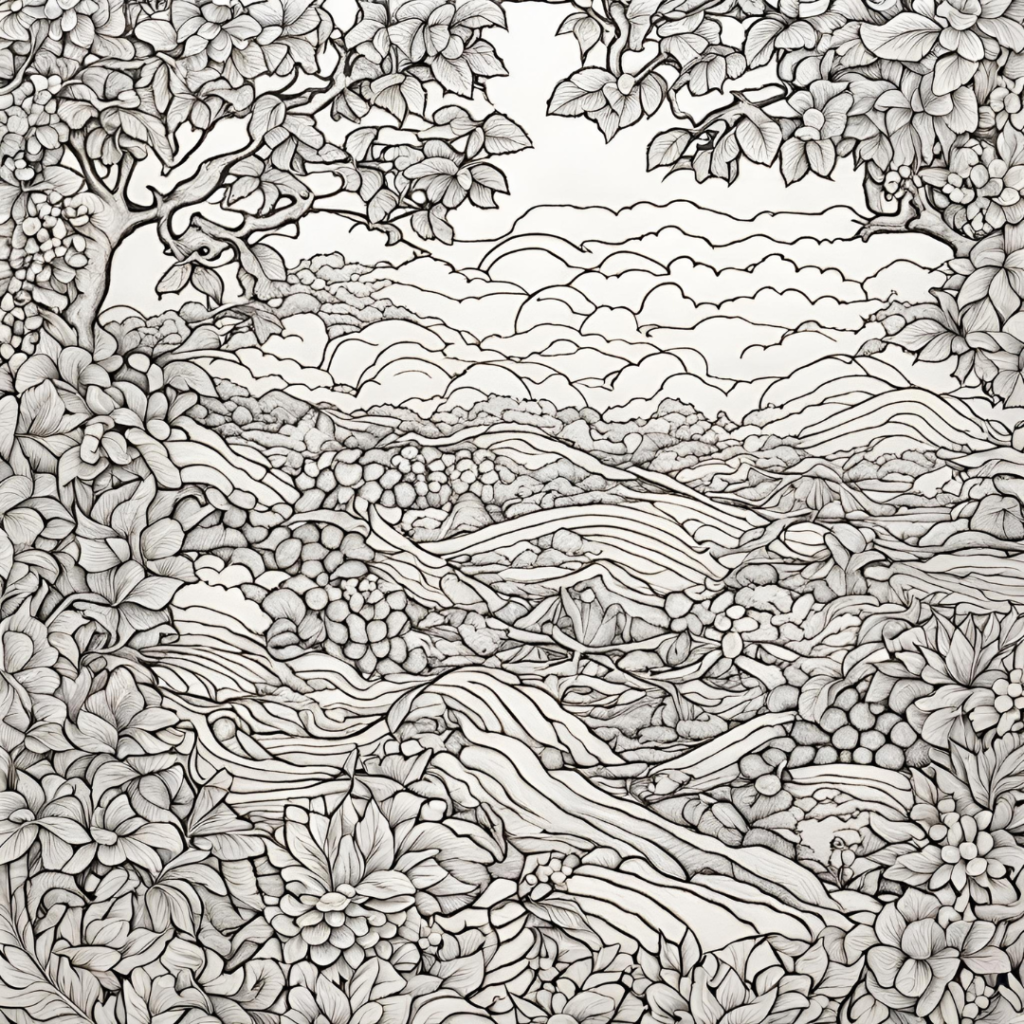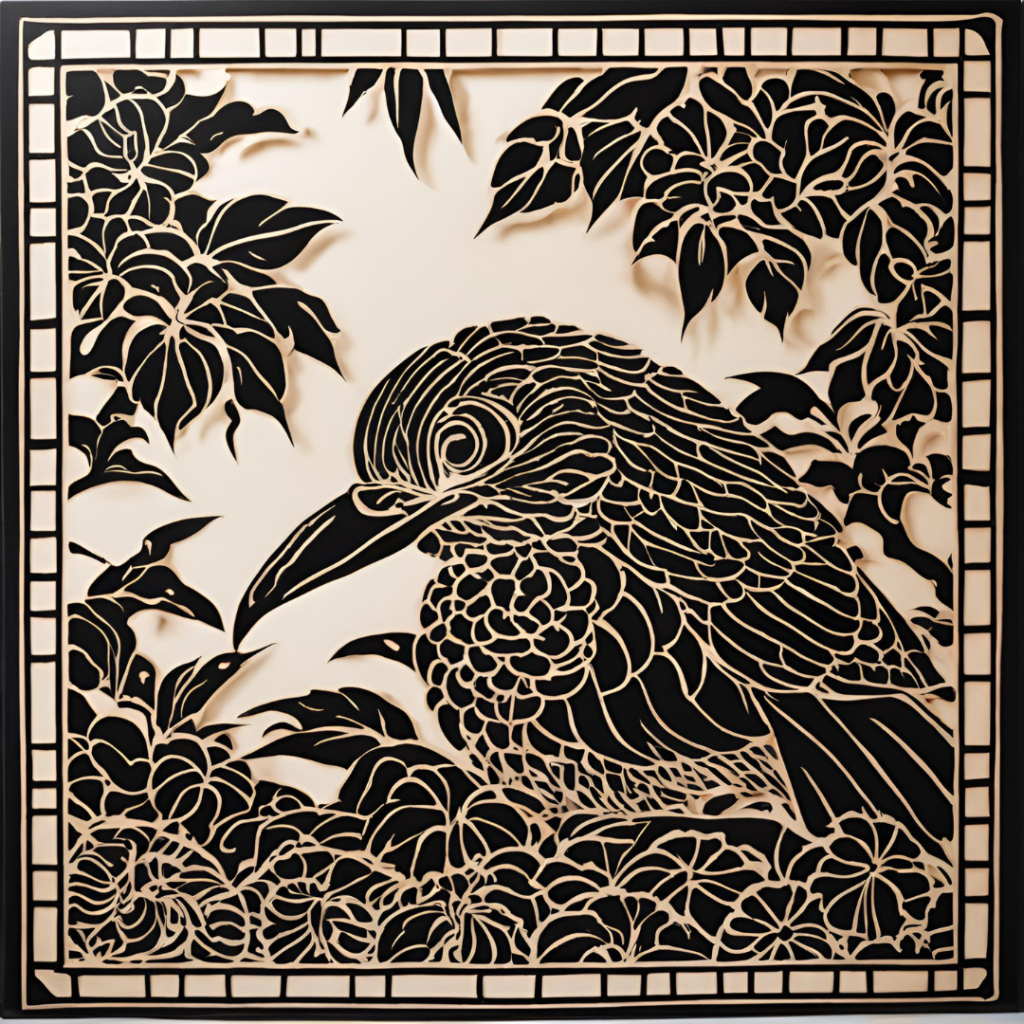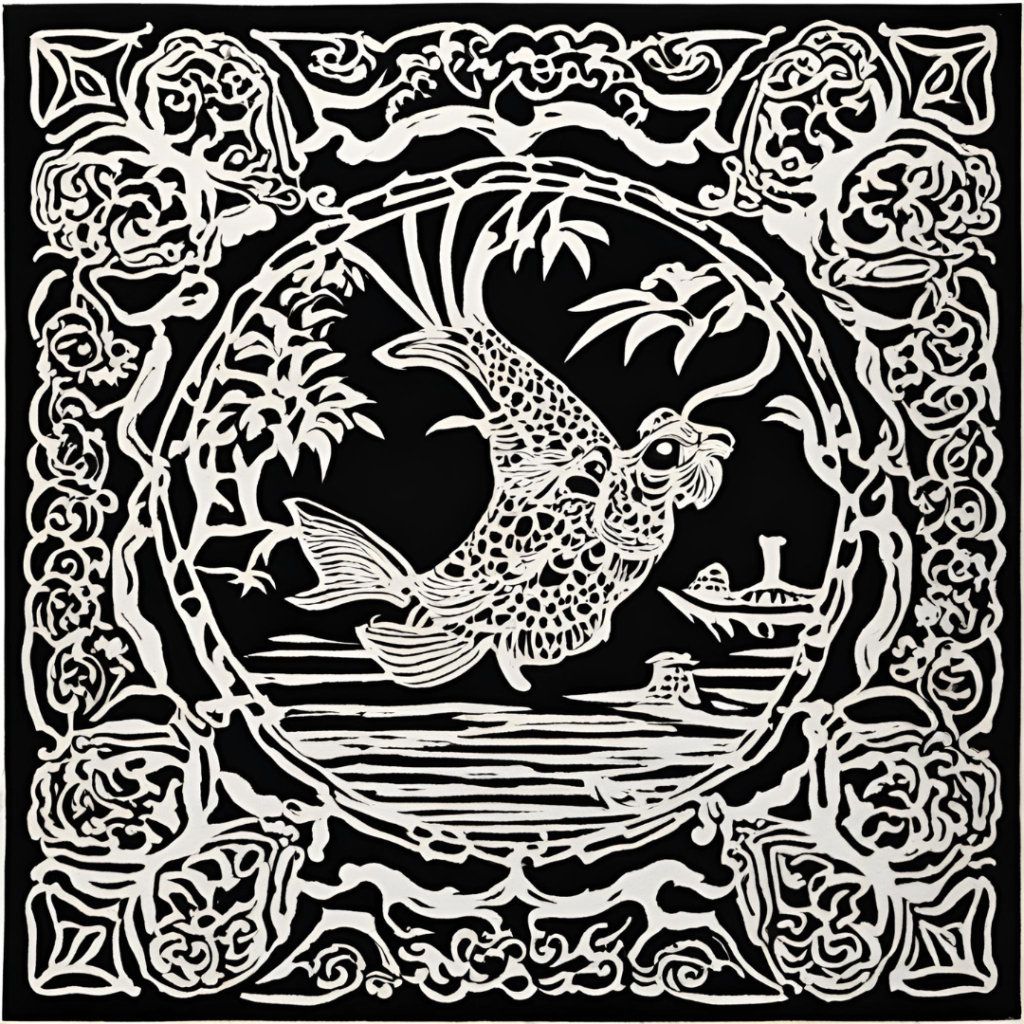紅型(Bingata)history of champloo

Bingata is an Okinawan dyeing technique characterized by vivid colors, bold color combinations, and simple designs.
This beautiful dyeing technique developed during the Ryukyu Kingdom era. The Ryukyu Kingdom traded with mainland Japan, China, and Southeast Asian countries, and Ryukyu bingata was born by combining the techniques and designs brought over from trade with these countries with the ancient Ryukyu dyeing techniques.
At the time, bingata was a rare material that only the upper classes, such as royalty and samurai, could wear, and the royal court protected dyeing shops by placing them around Shuri Castle.
Bingata: Two Crises
Bingata developed under the patronage of the Ryukyu Kingdom, but it faced two crises.
The first was in the late 19th century, when the monarchy was dissolved and Ryukyu became Okinawa. Dye shops, having lost the patronage of their royal patronage, went out of business, and many of the artisans were forced to leave Shuri.
The second was World War II. Stencils and tools were burned during the Battle of Okinawa, and the tradition of bingata was on the verge of extinction.
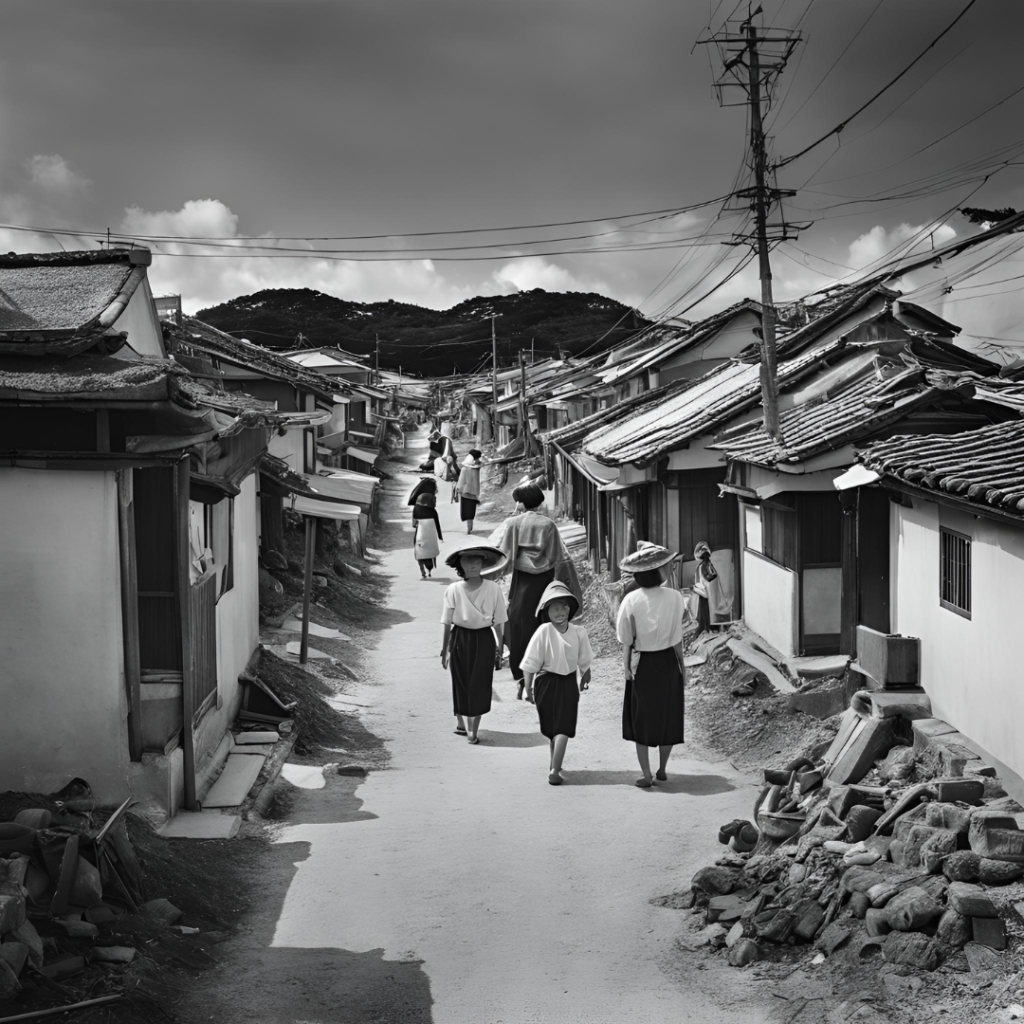
The revival of Bingata
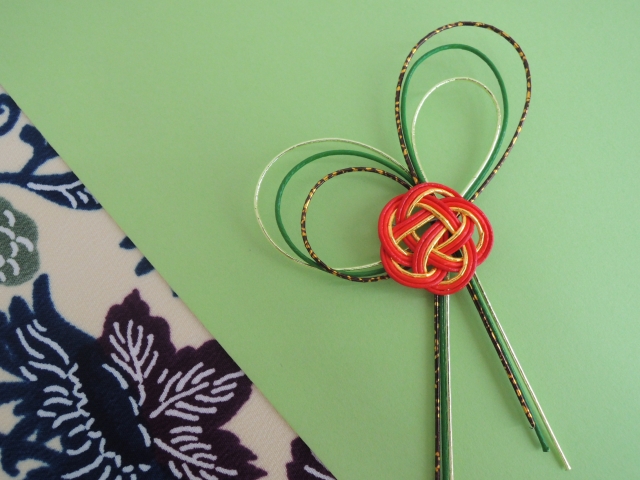
The revival of bingata literally started from scratch. Amid the post-war shortages, people started afresh using found Japanese military maps as stencils, broken records as spatulas, and lipstick as pigments. There was no demand for expensive kimonos in those days, so new products such as postcards, ties, and skirts were produced one after another for the US military.
In this way, they managed to revive bingata by successfully adapting traditional culture to the needs of the times. This is how Ryukyu bingata has been passed down from our predecessors and continued to be protected by the dedicated hands of the determined people of Okinawa.
